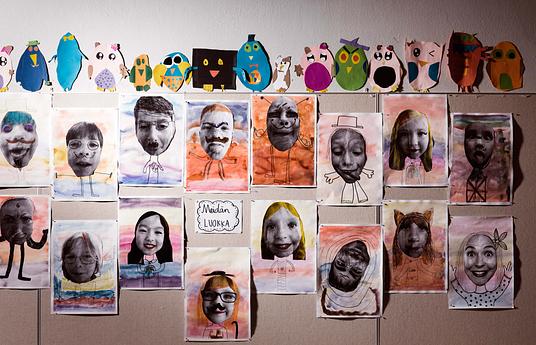Learning through Play supports Vietnam's shift to a competency-based curriculum in primary education. This transition requires retraining teachers to adopt student-centred methods and a mindset shift. LtP helps teachers and students adapt, fostering playful, responsible learning where students create knowledge and use transferable skills, moving beyond knowledge memorisation to achieve success.
In practice, LtP starts with a different approach to lesson planning. Aligning with the learning objectives teachers choose activities that are (a) meaningful, helping students better relate to the content; (b)iterative, encouraging experimentation and growth; (c)joyful, lowering affective filters and increasing engagement; (d)actively engaging, deepening student thinking; and (e)socially interactive, fostering collaboration and inclusivity. This translates to a different teaching approach in the classroom where an LtP guide and checklist help teachers to reflect on their teaching and students’ growth and adjust to create enabling classrooms where students thrive. Intervention data shows advancements in teacher practices embedding Learning through Play. In 2023, all 40 randomly selected lesson plans incorporated LtP elements, with 63% explicitly demonstrating LtP characteristics. As one teacher noted, it now allow students to investigate, correct their mistakes and improve on their own.
Capacity development on using LtP in primary education started in 2021 and reached all educators for grades 1-3 in 8 target provinces: 1,968 primary schools, 4215 teachers, 2022 school leaders, and 232 education officials.
In 2023, an LtP e-course was launched and helped roll out the innovation nationally, reaching over 200,000 teachers and school leaders nationwide up to date (46 %).
Via Parent-Teacher Meetings and Play days, approx. 372,000 parents were directly informed about Learning through Play, generating support and a conducive environment for the pedagogy.
Moving forward, in continued close collaboration with the Ministry of Education and Training, and two Universities of Education of Thai Nguyen and Ho Chi Minh city, we are expanding the LtP pedagogy to upper primary levels (grade 4 and 5) through the extension phase of iPLAY and integrating it in pre-service Bachelor of Education programmes via PlayHi project.
Start by using two key materials: the LtP Guide and the TPD Roadmap on LtP. The LtP Guide offers a framework with practical suggestions for teachers to integrate LtP into teaching, encouraging them to reflect and adapt LtP to their context. The TPD Roadmap provides school leaders with professional development strategies to support teachers in their LtP journey. Get in touch via our website.


